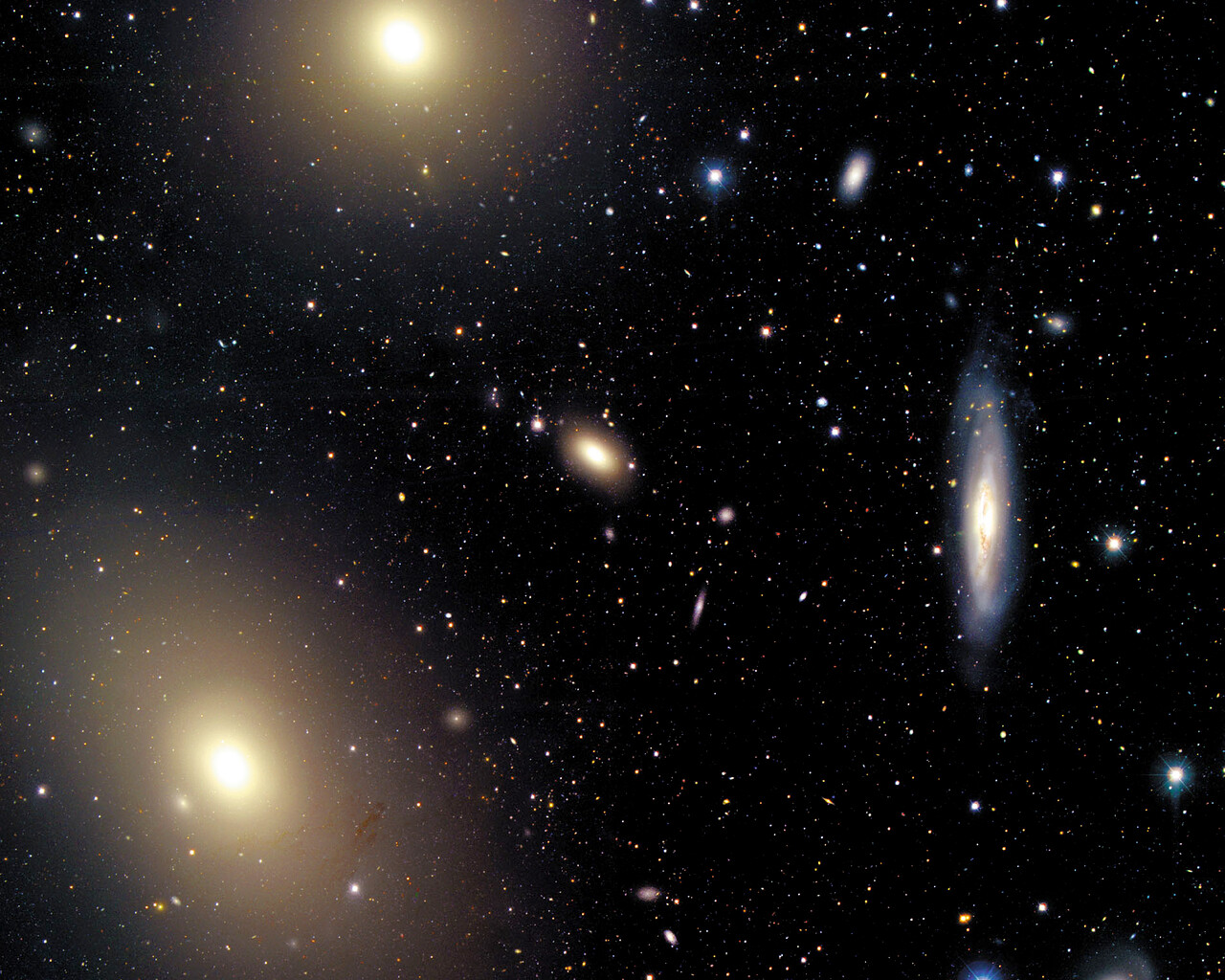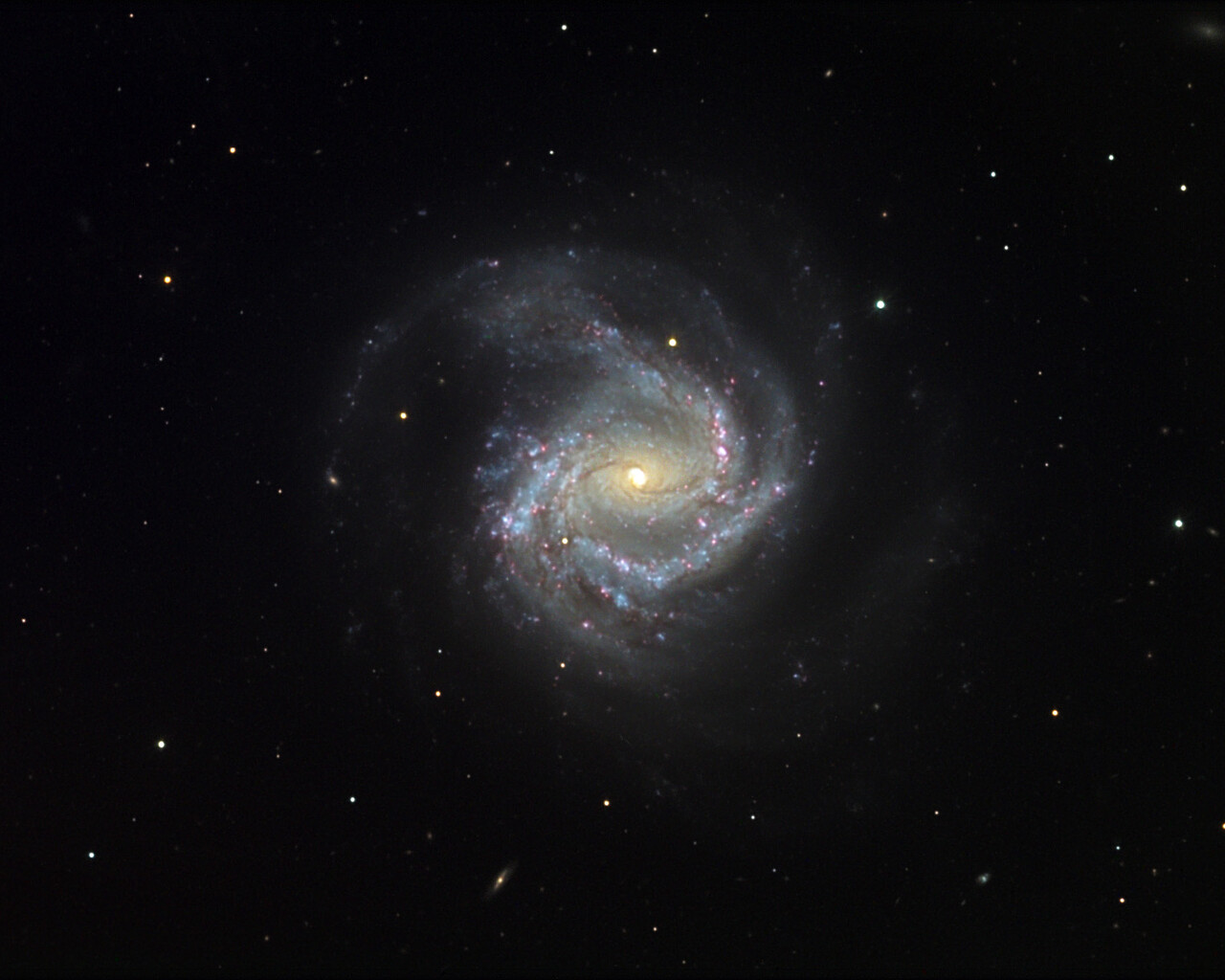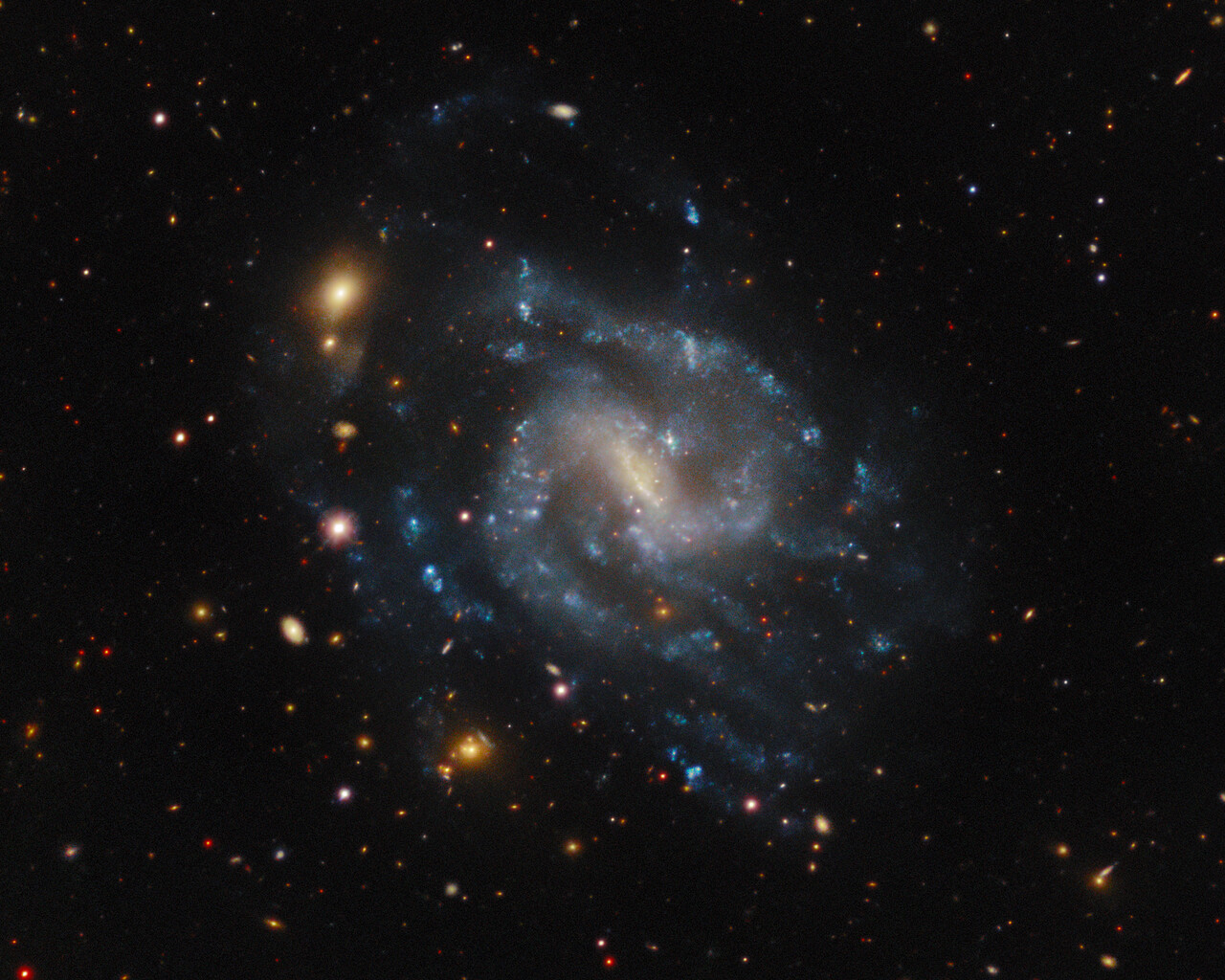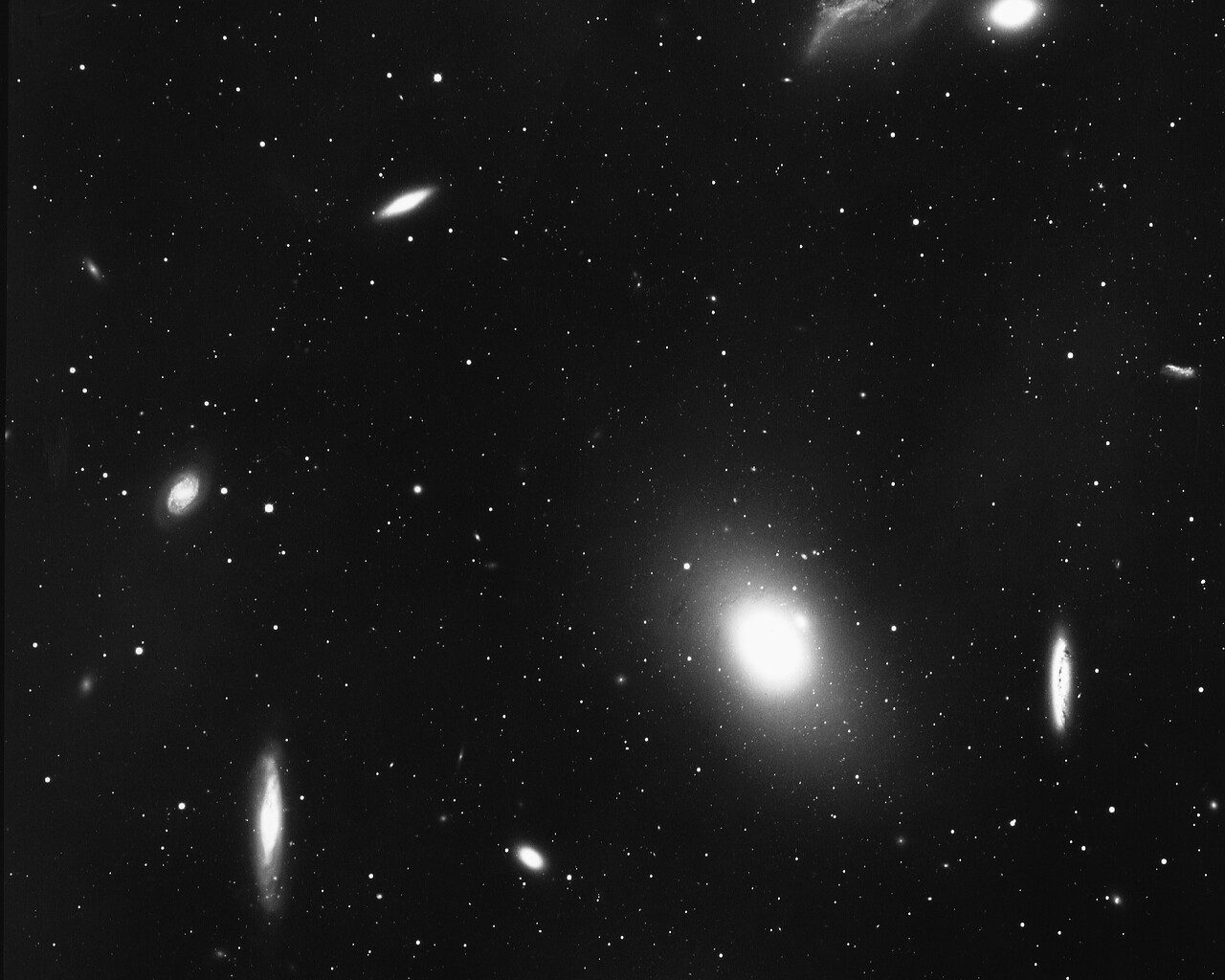Virgo
Origin
This constellation was originally called The Furrow with a Barley Stalk and associated with a goddess of fertility in ancient Mesopotamia. In the agricultural calendar it calling for the second grain harvest of the year (in autumn, after the date harvests of late summer) as barley grows rather fast. The constellation has always been The Furrow until the invention of the zodiac around 400 (plusminus 10 years) BCE in Babylon. At that time, there was a strong volcanic eruption on Sicily which led to misharvests in vast parts of the Mediterranean, and, thus, increased the cult for the goddess(es) of fertility. In that time, The Furrow was changed into The Maiden. Ancient Greek mythographers suggest at least five goddesses who were seen in this heavenly maiden: The Egyptian Isis, the Syriac Atergatis, the Babylonian Ishtar (also depicted in Andromeda), or the Greek goddesses Dike (for justice) or Demeter (for fertility).
Bright Stars
Spica (Alpha Virginis): Spica is the brightest star in Virgo and one of the brightest stars in the night sky. It's a binary star system consisting of two massive, hot stars.
The name Spica is derived from the Latin word for an ear of grain or ‘spike’, as it was often associated with the concept of the harvest. In ancient mythology, Spica is sometimes linked to the goddess of agriculture, often represented as a sheaf of wheat in the Virgo constellation, highlighting its connection to the changing of seasons and the agricultural calendar.
Porrima (Gamma Virginis): Porrima is a binary star system, and its two components are relatively close together. It's the second-brightest star in Virgo.
Vindemiatrix (Epsilon Virginis): Vindemiatrix is another bright star in Virgo. Its name means ‘the grape gatherer’ in Latin, reflecting its historical association with the autumn grape harvest.


 Photo of the constellation Virgo produced by NOIRLab in collaboration with Eckhard Slawik, a German astrophotographer.
The annotations are from a standardized set of 88 western IAU constellations and stick figures from Sky & Telescope. Please find here a non-annotated version of the image.
Photo of the constellation Virgo produced by NOIRLab in collaboration with Eckhard Slawik, a German astrophotographer.
The annotations are from a standardized set of 88 western IAU constellations and stick figures from Sky & Telescope. Please find here a non-annotated version of the image.
Credit: E. Slawik/NOIRLab/NSF/AURA/M. Zamani
Notable Objects
Messier 104 (the Sombrero Galaxy): While not part of the Virgo Cluster but located near Virgo, the Sombrero Galaxy is a famous object. It's an edge-on spiral galaxy with a prominent dust lane and a bright nucleus, making it suitable for small telescopes.
Messier 49: Messier 49 is one of the brightest elliptical galaxies in the Virgo Cluster and is a great target for a small telescope. It's relatively large and appears as a bright oval.
Messier 60: Messier 60 is a bright elliptical galaxy, also a member of the Virgo Cluster. It can be observed with a small telescope and appears as a fuzzy round object.




















































